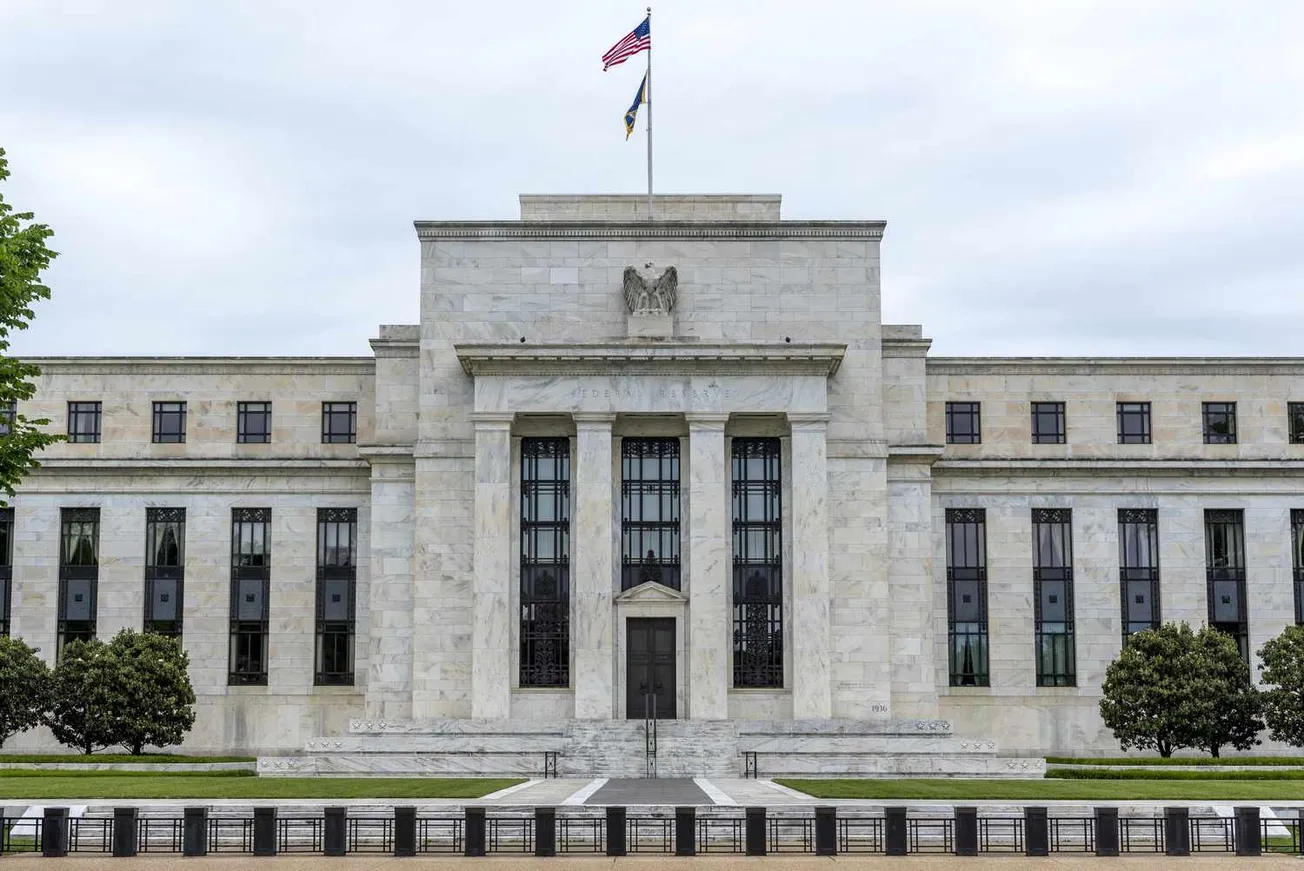WASHINGTON – U.S. inflation cooled more than expected in March, offering a welcome break in the Federal Reserve’s long battle to tame price pressures—but markets and policymakers remain on edge as trade tensions escalate and economic uncertainty rises.
According to the Labor Department, the Consumer Price Index (CPI) rose 2.4% in March from a year earlier, down from February’s 2.8% increase and below economists’ forecast of 2.6%. It marked the lowest annual inflation rate since September 2024 and was partly driven by a sharp drop in energy prices, including a 6.3% plunge in gasoline.
However, grocery prices remained stubbornly elevated, showing a 0.5% increase in the rate of food price inflation from February 2025 and a a 2.4% rise year over year.
Core inflation, which excludes volatile food and energy prices, rose 2.8% over the past 12 months—the slowest pace since March 2021 and also below Wall Street expectations. On a monthly basis, the CPI declined 0.1%, the first such drop since May 2020.
While the data shows inflation is easing, the timing complicates the broader economic picture. President Trump’s sweeping new tariffs—unveiled during the so-called “Liberation Day” speech on April 2—were not reflected in the March inflation report. Those measures, which included a 125% tariff on Chinese imports and new levies on steel, aluminum, and various consumer goods, are expected to raise costs for businesses and consumers in the coming months.
Adding further confusion, Trump reversed course just days later, announcing a 90-day pause on many tariffs. However, tariffs on China remain in place and were raised immediately. The sudden shifts in trade policy have sparked extreme market volatility and left businesses struggling to navigate uncertain price conditions.
Fed Chair Jerome Powell has taken a cautious stance, repeatedly stating that the central bank would not cut rates unless inflation data provided a compelling case. Still, the March inflation figures may offer the Fed some breathing room—at least temporarily—as it heads into its next policy meeting on May 6-7.
But even as inflation recedes, confidence is eroding. The National Federation of Independent Business reported its largest drop in small-business optimism since 2022, while major corporations like Delta Air Lines and Walmart cited economic uncertainty as a reason to withhold forward guidance.
Fed minutes from the March 18–19 meeting revealed that officials remained concerned about inflationary pressures from tariffs and other global risks. While no rate cut is expected in May, speculation is growing that the Fed may act as early as its June 17–18 meeting, especially if growth slows and tariff impacts deepen.
The April CPI report, due May 13, will be closely watched for early signs of tariff-related inflation. Until then, markets will likely remain whipsawed by headlines and policy surprises in a highly volatile economic environment.







